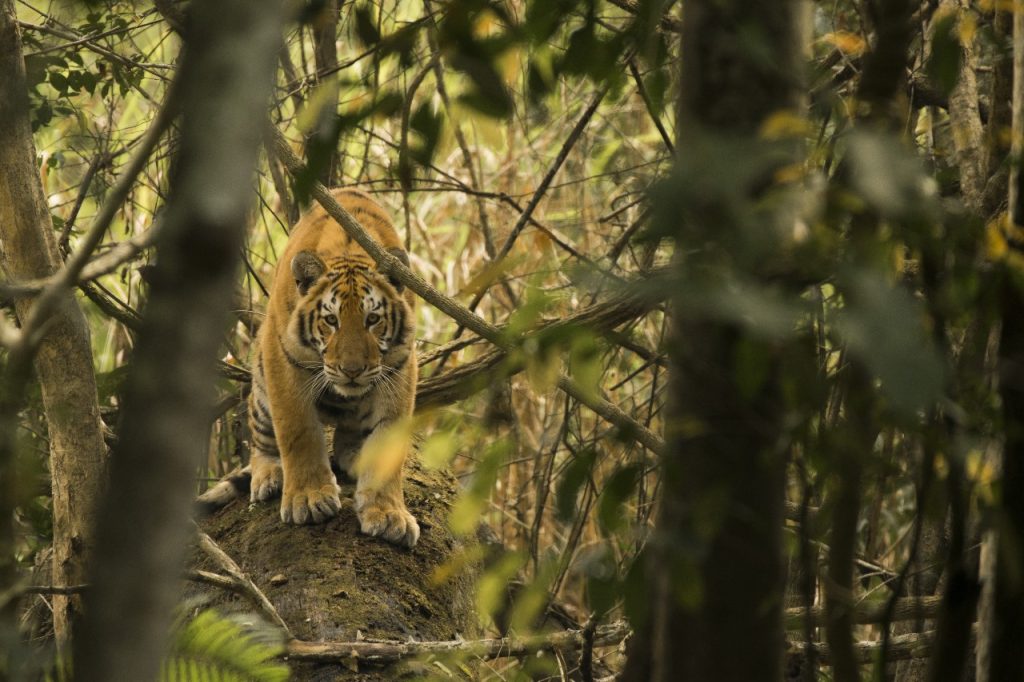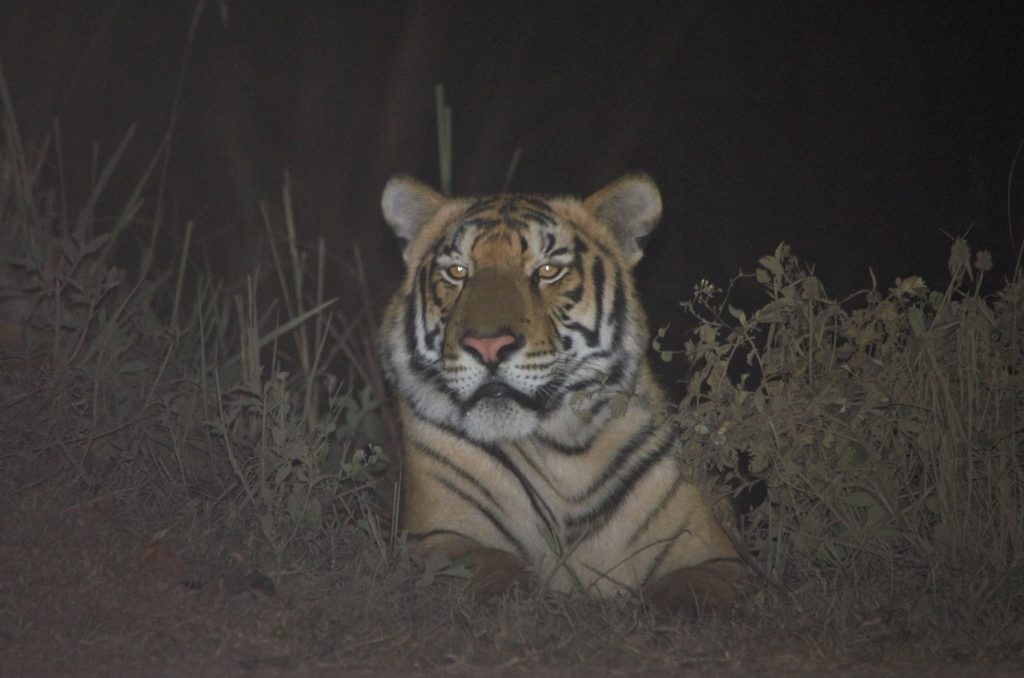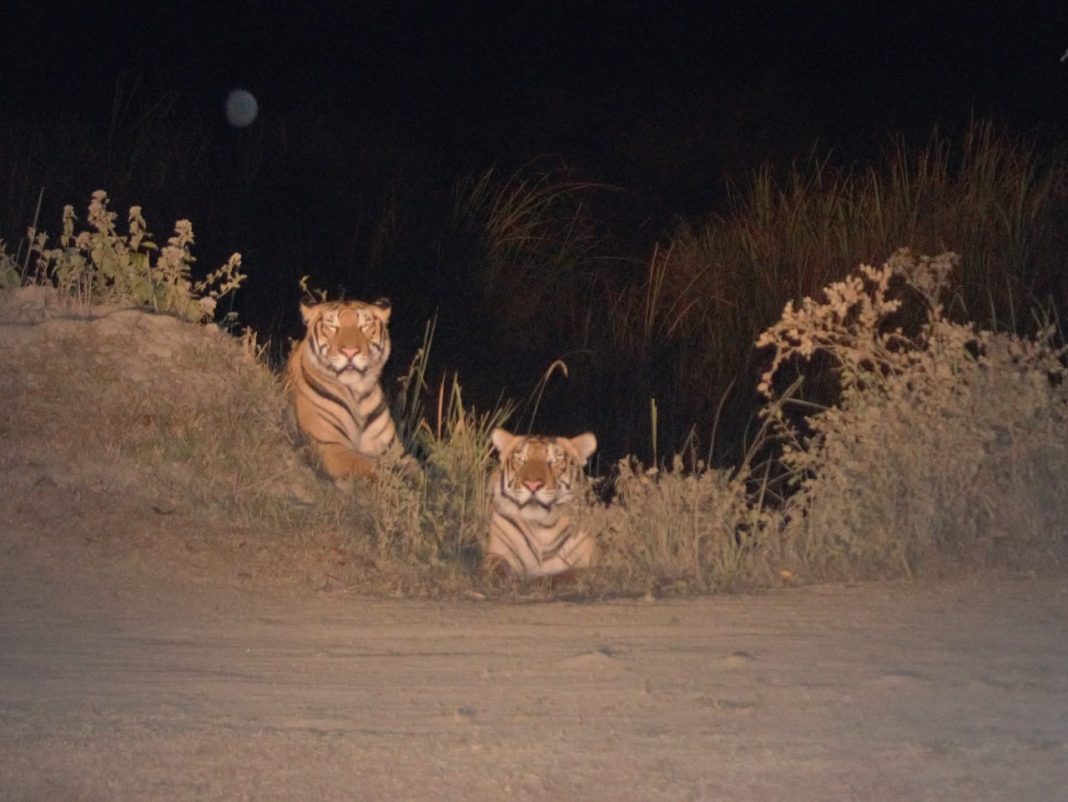Guwahati, July 29: Kaziranga Tiger Reserve (KTR) has delivered a major win for wildlife conservation with its tiger population surging to 148, making it home to the third highest tiger density in the world. The figures, released on the occasion of Global Tiger Day 2025 in the report “Status of Tigers in Kaziranga, 2024,” mark a powerful testament to the success of focused protection, expanded habitat, and cutting-edge monitoring.
“This is a landmark moment in our conservation journey,” said Dr. Sonali Ghosh, Director of KNPTR. “The latest numbers underscore our relentless commitment to safeguarding these apex predators and the ecosystem they support.”

The tiger population in Eastern Assam Wildlife Division has increased from 104 tigers (2022) to 115 (2024), in Nagaon Wildlife Division, stable at 6 tigers and in Biswanath Wildlife Division (newly sampled) 27 tigers.
The inclusion of Biswanath for the first time in the official count significantly contributed to the overall boost. Based on high-precision mark-recapture techniques using paired camera traps and grid-based sampling across 1,307.49 sq. km, the census recorded 83 females, 55 males, and 10 unidentified tigers.
Kaziranga’s success story is rooted in both human effort and smart technology. From M-STrIPES to drones, infrared surveillance, and Electronic Eye systems, forest authorities have overhauled how tiger movements are tracked and how threats are countered.
A major role is also played by Kaziranga’s 113 trained Van Durgas—the reserve’s all-women frontline forest force—along with NGOs, citizen groups, and engaged local communities who have helped plug long-standing data gaps and pushed grassroots conservation forward.

Assam Chief Minister Himanta Biswa Sarma celebrated the numbers in a social media post, writing: “From Kaziranga to Manas, Assam isn’t just protecting the tiger — we’re rebuilding its kingdom. With world-class forest cover and firm action against encroachment, the tiger now strides fearlessly through Assam’s wild heart.”
A key driver behind the population jump is habitat gain. Over 200 sq. km of new area — including 12.82 sq. km freed from encroachment — has been added under the Burhachapori-Laokhowa sanctuaries in the Nagaon division. This strategic expansion has opened up new breeding and dispersal zones across KTR’s landscape.
While celebrating the milestone, Dr. Ghosh stressed that the work is far from over: “The rising tiger numbers are a sign of ecosystem strength. But we must not lose sight of the challenges. Continued investment, community engagement, and public awareness are critical to keep this momentum going.”
Kaziranga’s roaring comeback sends a clear message — bold protection, technology, and local stewardship can turn conservation goals into lasting success.




